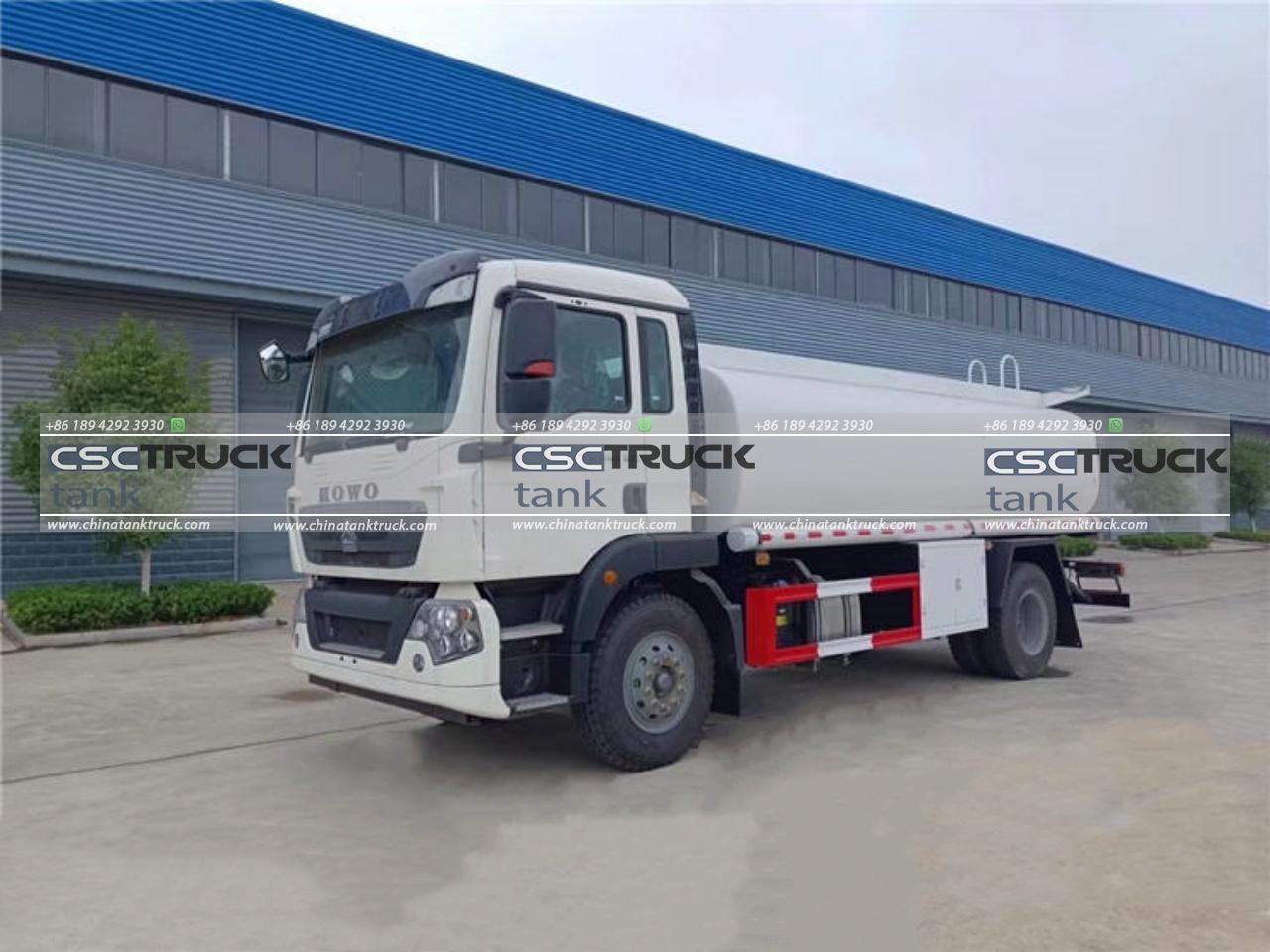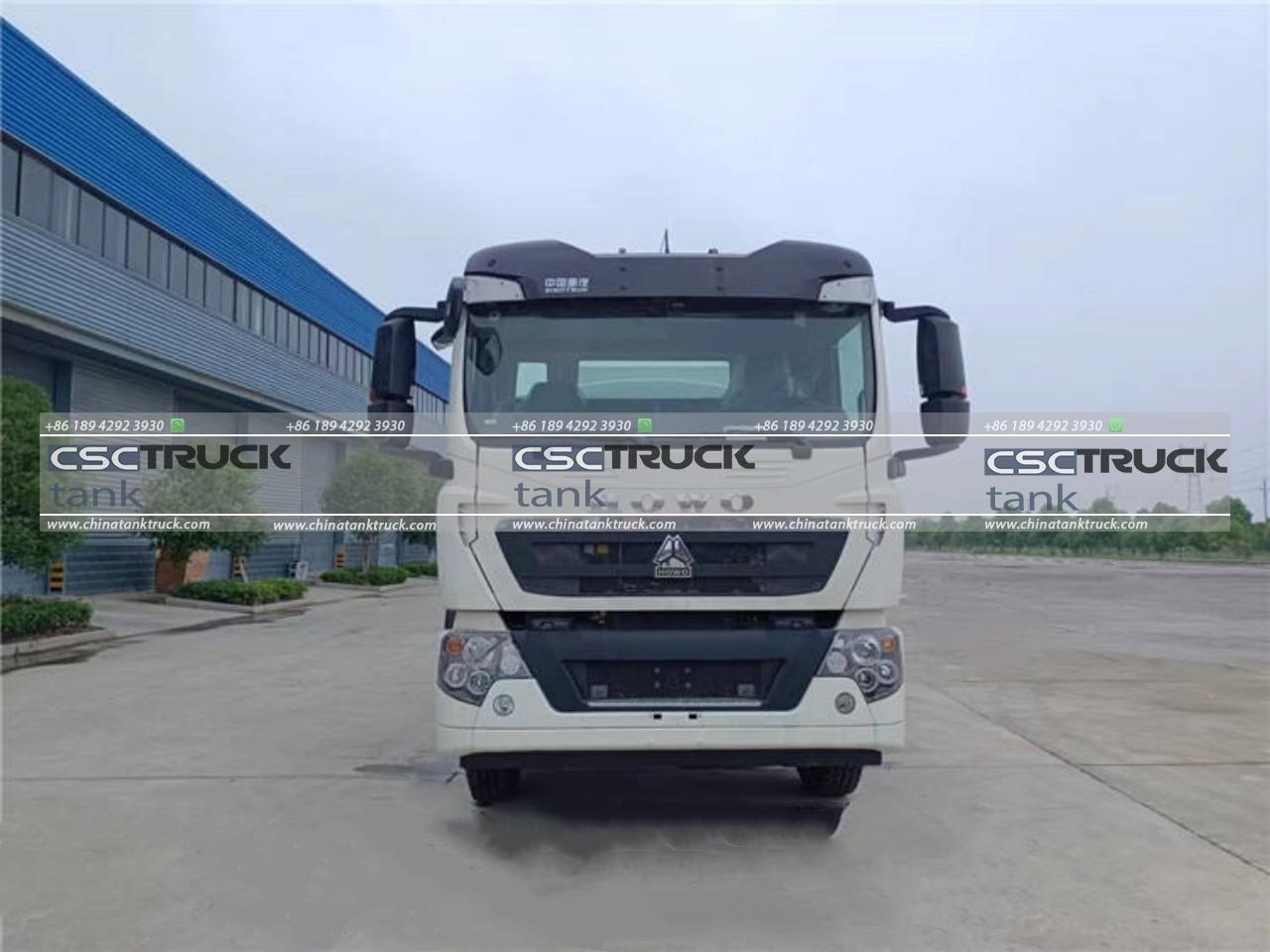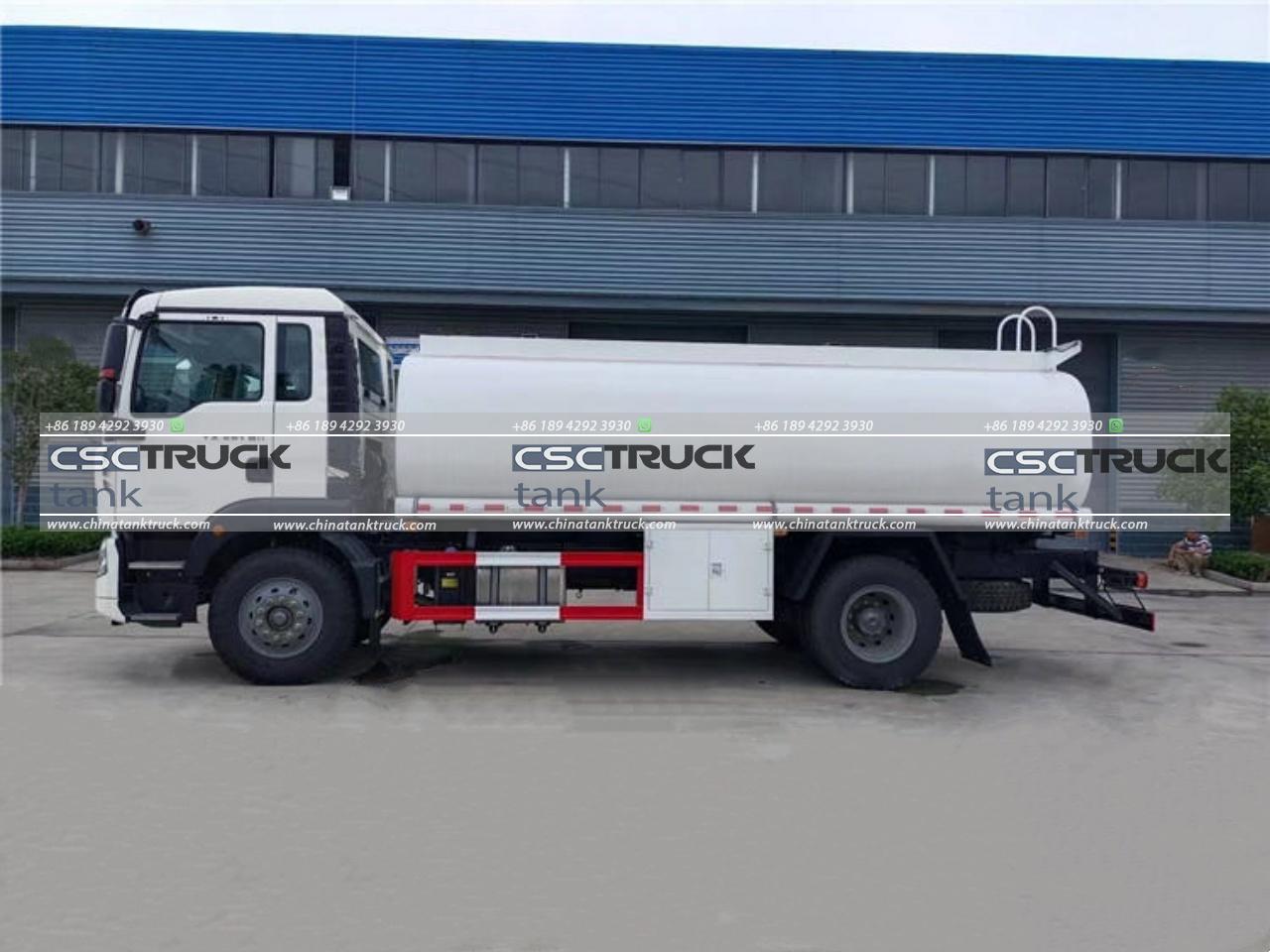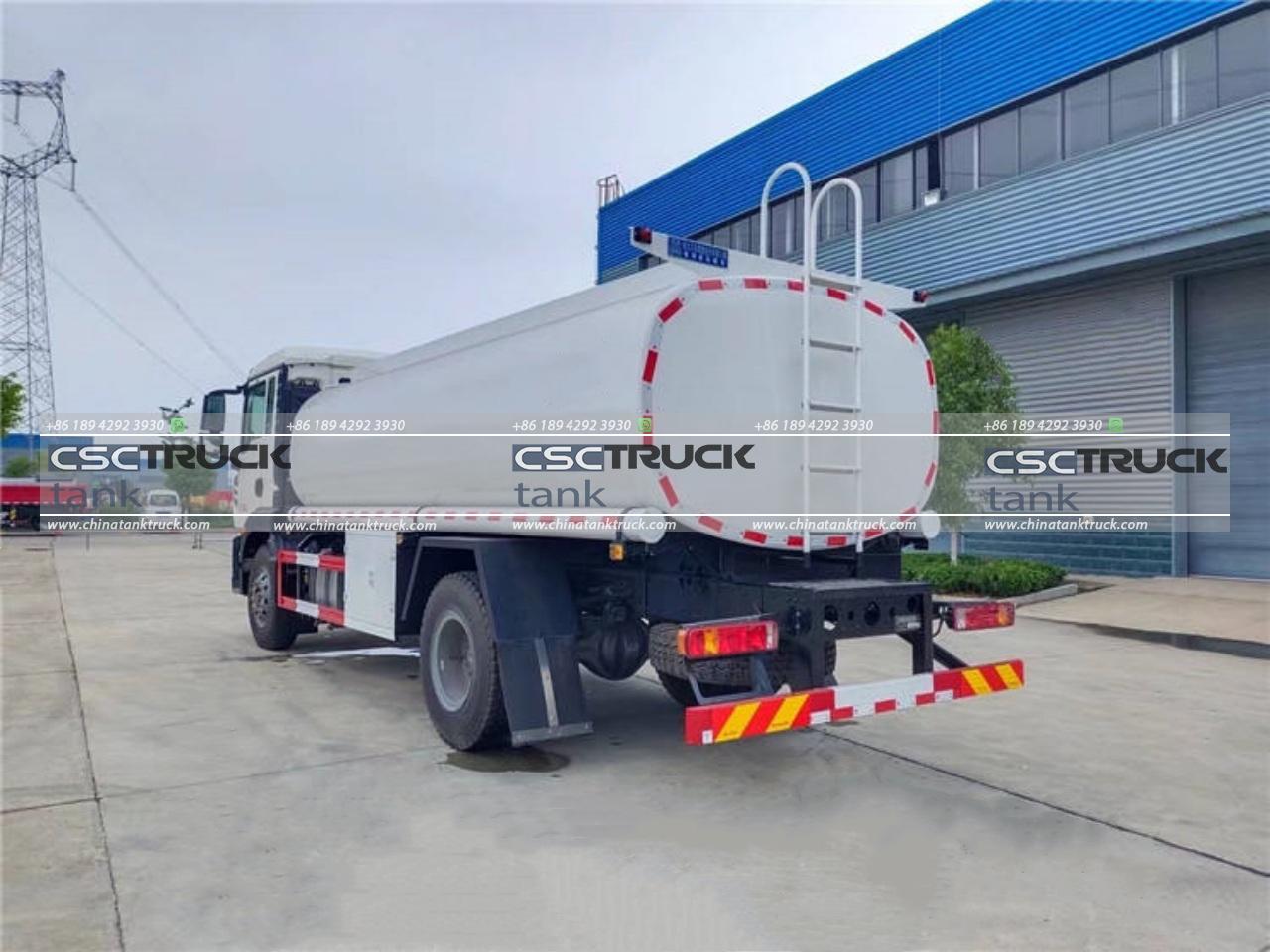Why is Diesel Not Used in Bikes?
Diesel engines have long been a staple for large vehicles like trucks, buses, and heavy machinery, prized for their durability, fuel efficiency, and torque. However, diesel-powered motorcycles are a rarity on the road, and gasoline engines remain the overwhelming standard for 2-wheeled vehicles. This has left many to wonder: why isn’t diesel more common in motorcycles? The reasons are a mix of technical, economic, and practical factors, all of which reveal why the characteristics of diesel engines don’t align well with the needs of motorcycle enthusiasts and manufacturers.
1. Weight and Size of Diesel Engines
One of the biggest obstacles to using diesel in bikes is the inherent size and weight of diesel engines. Diesel engines are generally bulkier and heavier than gasoline engines due to their need for reinforced components. This is because diesel combustion requires much higher pressures, which demands stronger materials and a more robust engine structure. While this design contributes to the durability of diesel engines, it also makes them significantly heavier and bulkier.
Motorcycles, on the other hand, require compact and lightweight engines to maintain maneuverability and stability. Riders expect their bikes to be nimble, allowing for smooth handling and balance, which a heavy diesel engine would undermine. A heavier diesel engine would not only make the bike cumbersome but also affect its center of gravity, potentially compromising safety and ride quality.

2. Vibration and Noise Levels
Diesel engines typically produce more vibration and noise than gasoline engines. The compression process in a diesel engine is much more intense, resulting in harsher vibrations when the engine operates. Motorcycles, which are already prone to some vibration due to their compact frames and lack of insulation, would experience an exaggerated level of vibration with a diesel engine. Excessive vibration can be uncomfortable for riders over long distances, reduce handling stability, and may even affect components over time by loosening bolts or wearing out fittings prematurely.
Noise is another issue. Diesel engines produce a distinctive, louder clatter compared to gasoline engines, which could make for an unpleasant riding experience, particularly for those who prioritize smooth and refined engine sounds. While sound-dampening techniques exist, they often add more weight and bulk to the engine setup, compounding the challenges mentioned earlier.
3. Low RPM and Power-to-Weight Ratio
Diesel engines are designed to run at lower revolutions per minute (RPM) than gasoline engines, making them well-suited for applications where high torque is required, such as in trucks or buses. However, motorcycles demand engines that can operate at higher RPMs to produce sufficient power relative to their size and weight. Higher RPM capabilities provide motorcycles with quicker acceleration and a responsive feel, key characteristics that riders look for in a bike.
Diesel engines produce power in a more gradual manner, which translates into lower responsiveness when quick acceleration is required. This means that diesel bikes would likely feel sluggish compared to their gasoline counterparts. Moreover, the power-to-weight ratio—essential for motorcycle performance—would be less favorable with diesel engines, as they tend to be heavier and provide less instantaneous power. This could make it difficult for diesel motorcycles to compete in terms of speed, agility, and acceleration.

4. Cooling and Fuel Efficiency Issues
While diesel engines are generally more fuel-efficient than gasoline engines, this efficiency advantage is somewhat diminished when applied to motorcycles. Motorcycles require a different type of performance that involves frequent accelerations and decelerations, which are not ideal conditions for diesel engines. In stop-and-go scenarios, a diesel engine’s fuel efficiency can drop, making it less advantageous compared to a gasoline engine in similar conditions.
Additionally, diesel engines typically operate at higher temperatures due to their high compression ratios. This necessitates an efficient cooling system, often requiring larger radiators or advanced liquid cooling, which adds weight and complexity to the motorcycle. Many motorcycles already have a compact design with limited space for extra cooling mechanisms, so managing the additional heat from a diesel engine would pose significant engineering challenges.
5. Complex Emissions Control Requirements
Diesel engines produce more particulate matter (PM) and nitrogen oxides (NOx) compared to gasoline engines, requiring additional emission control technologies. Meeting emissions standards, particularly in regions with stringent regulations, necessitates components like diesel particulate filters (DPF) and selective catalytic reduction (SCR) systems. These systems are effective but require additional space, increase weight, and add to the manufacturing cost.
For motorcycles, where compactness is essential, finding room for these components without compromising performance is difficult. Diesel bikes would need to comply with the same emissions standards as cars and trucks, making them costly and complicated to produce. The result would likely be a more expensive, heavier, and more complex motorcycle that would struggle to appeal to buyers in a market that values simplicity and affordability.

6. Market Demand and Economic Feasibility
The economics of producing diesel motorcycles is another critical factor. Motorcycle manufacturers invest heavily in research and development to meet consumer demand, which remains overwhelmingly in favor of gasoline-powered bikes. Diesel bikes would require a completely different engine design, additional testing, and unique parts, all of which increase production costs. With no clear demand for diesel motorcycles, manufacturers would likely face difficulty justifying the additional expense.
The limited market potential also means that diesel motorcycles would probably be priced higher than their gasoline counterparts. Motorcycle buyers, particularly in markets dominated by low-cost models, are often price-sensitive. Therefore, a higher price tag for a diesel bike that offers no significant advantage over gasoline models would not be appealing to the average consumer.
7. Historical Attempts and Lack of Success
Historically, there have been attempts to produce diesel-powered motorcycles, but they have not found widespread success. Some military forces experimented with diesel motorcycles due to the logistical benefits of a single fuel type for all vehicles. The most well-known example is the “M1030M1” developed for the U.S. Marine Corps. This diesel motorcycle was designed to be efficient and compatible with military logistics, but it never gained popularity beyond niche applications.
Manufacturers also experimented with small production runs, but these diesel motorcycles failed to gain a commercial foothold due to their limited practicality, high costs, and challenging ride experience. These examples highlighted that while diesel motorcycles are technically feasible, they are not well-suited to commercial markets where performance, affordability, and rider experience are paramount.

8. Conclusion: Why Gasoline Remains Dominant
In summary, diesel is not used in motorcycles for several compelling reasons. The weight and size constraints of diesel engines clash with the need for lightweight and agile motorcycles. High vibration and noise levels would make for an uncomfortable ride, while the low RPM range and limited power-to-weight ratio make diesel engines less suitable for motorcycles requiring responsive performance. Additionally, the engineering and economic challenges of incorporating emissions controls, cooling systems, and dealing with low market demand make diesel an unattractive option for bike manufacturers.
While diesel engines shine in heavy vehicles where fuel efficiency and torque are critical, motorcycles prioritize speed, handling, and rider comfort. Until there is a dramatic shift in technology or market demand, gasoline engines are likely to remain the standard for motorcycles. Diesel engines may continue to play their role in larger vehicles, where their benefits are more aligned with vehicle requirements.

